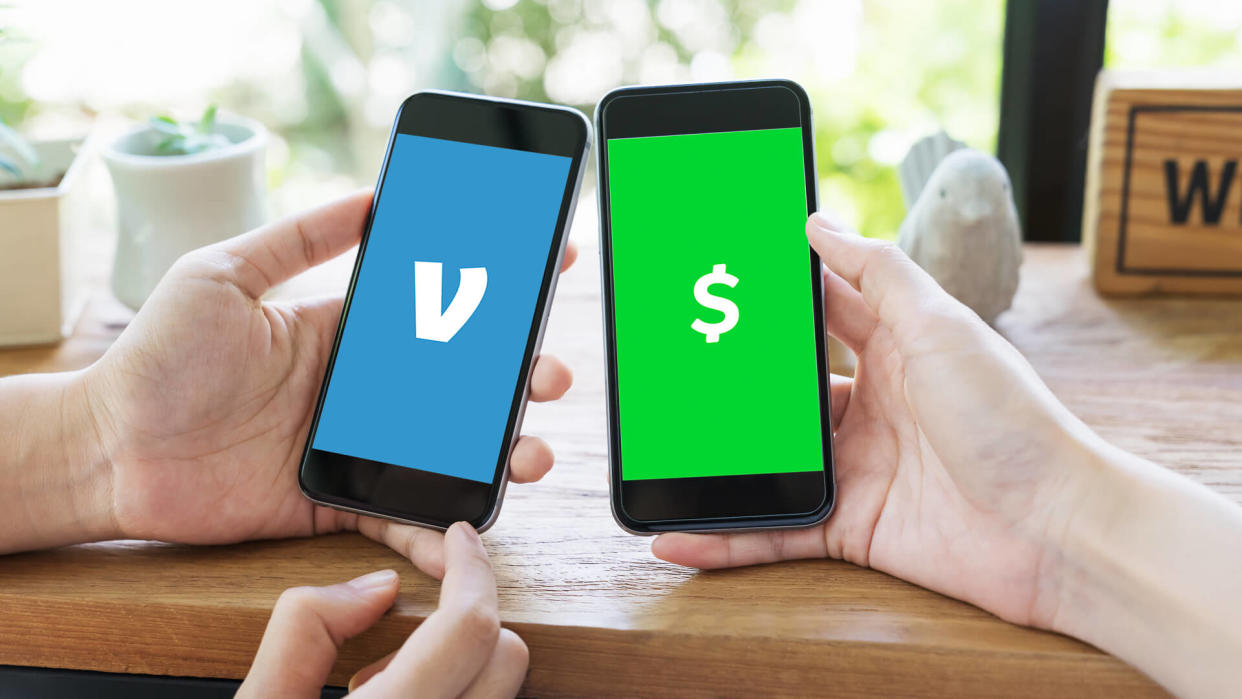How To Handle Your Taxes When You’re Paid Through Venmo, PayPal and Others

Electronic payment processors like Venmo and PayPal have rapidly evolved over the past few years. Whereas most transactions used to remain relatively private, things were set to officially change on Jan. 1, 2022. As of that date, payment apps were required by law to report business transactions of at least $600 to the Internal Revenue Service. However, on Dec. 23, 2022, the IRS announced that it was delaying the reporting for payment apps by a year and the previous thresholds of $20,000 and 200 transactions would apply for the 2023 tax filing season. For the 2024 tax filing season, however, all business transactions of at least $600 made during 2023 are required to be reported to the IRS.
See the List: GOBankingRates’ Best Banks of 2023
Next: 3 Ways Smart People Save Money When Filing Their Taxes
Student Loan Forgiveness: Will You Qualify for $0 Payments Under Biden’s New Plan?
So, what does this mean for your taxes going forward if you are the recipient of these types of payments? Read on to know exactly how to handle your taxes when paid through Venmo, PayPal and others.
Payments Made From Friends
The good news is that nothing has changed in terms of receiving money from friends and family. For example, if you go out to a restaurant, pick up the tab and have your friends pay you back via PayPal, those payments are not reported to the IRS. In the past, some companies would make payments to vendors or clients while using the “payment to friends” mode, but that’s not how they should be labeled. True payments for work should be marked as business payments, with the sender deducting the payment as a business expense and the recipient labeling it as income on their tax return.
Business Payments
Business payments received via services like these must be reported to the IRS as income, even if they fall under the $600 threshold. Since some recipients were not properly reporting even larger amounts to the IRS, the law has now changed so that the payment processors themselves will report them to the IRS. If you had received such payments in the past, you should have reported them as income to the IRS and paid the appropriate taxes on them. But now, those who avoided declaring this income in the past are simply out of luck. The IRS now has a record of those payments and will match it to your return. In short, if you fail to report the income, the IRS will catch it, and you’ll be assessed fines and penalties — and perhaps even criminal charges in egregious cases of fraud.
Take Our Poll: What Are Your Financial Priorities in 2023?
Schedule C of Form 1040
If you receive payment for services via Venmo, PayPal or other processing services, you technically run your own business. As such, you’ll report this income on Schedule C of Form 1040. On the plus side, as this is declared business income, you’ll also be allowed to take deductions for business expenses off from this income. For example, if you work three hours a week serving as an English tutor for overseas adults, you may be able to write off the cost of your computer, headset or other communications equipment you need to perform that job. Of course, you should consult with your tax advisor to see exactly what is allowed and what is not. If you use a headset both for your side gig and your personal life, for example, you won’t be allowed to deduct the full cost of that equipment on your taxes.
Self-Employment Tax
One of the downsides of working a side gig is that self-employment tax may be due on that income. As described above, although you may not think of yourself as a self-employed worker, the IRS requires you to file a tax return as such if your net earnings from this type of employment are more than $400. Self-employment tax is in addition to any ordinary income tax you may owe on your earnings and consists of contributions to both Social Security and Medicare. As an employee, you may have noticed this 7.65% tax on your earnings. What you may not know is that your employer pays the other half of your self-employment tax, which is an additional 7.65%. But if you’re self-employed, you’re technically both an employer and an employee, meaning you personally are required to pay both halves — or 15.3% total — on your net self-employment earnings, minus certain deductions.
More From GOBankingRates
Cynthia Measom contributed to the reporting for this article.
This article originally appeared on GOBankingRates.com: How To Handle Your Taxes When You’re Paid Through Venmo, PayPal and Others
